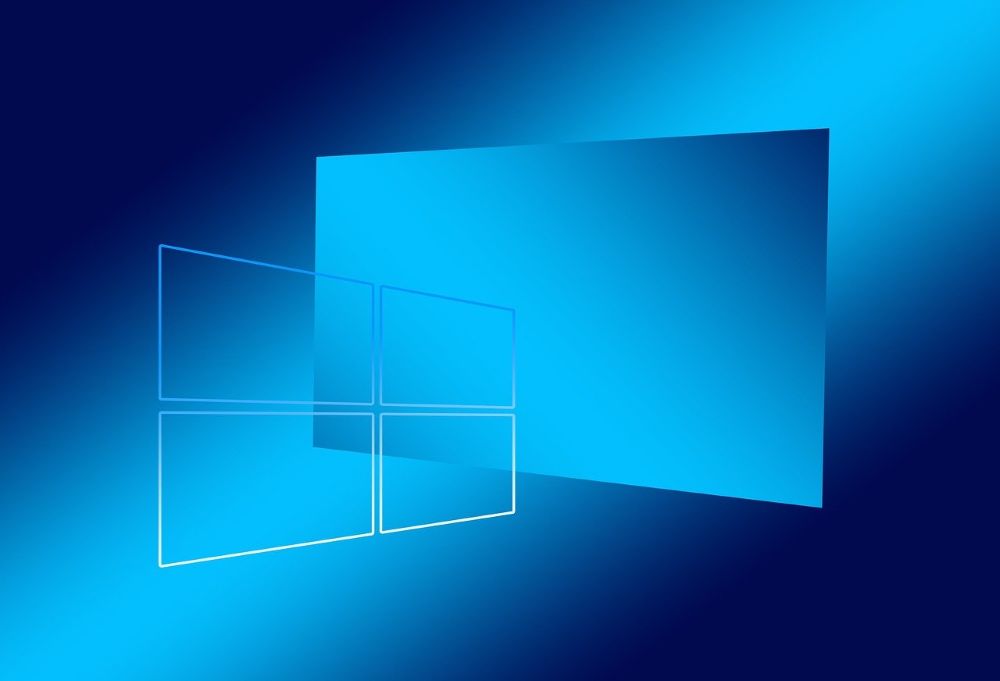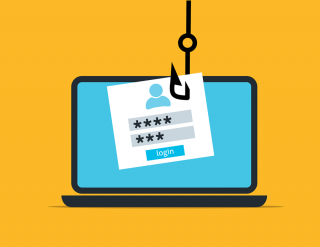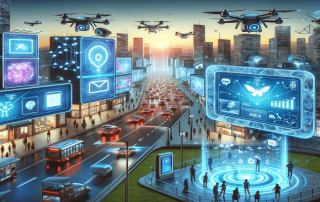Windows 12: Where is it? The current status in October 2025
For months, indeed for almost years, rumors swirled: Microsoft would release a new operating system, “Windows 12.” The target date was often cited as fall 2025, coinciding with the end of support for Windows 10, which officially began on October 14, 2025.
But now, at the end of October 2025, there’s no sign of Windows 12. Instead, Microsoft is delivering updates for Windows 11 25H2.
What happened? Has Windows 12 been canceled, postponed, or quietly integrated into Windows 11? We shed light on the latest developments.

The big question: When will Windows 12 be released?
The short and sobering answer is (as of October 21, 2025): There is no official announcement or confirmation from Microsoft for a product called “Windows 12.”
The strong rumors predicting a release in 2024 or, at the latest, fall 2025, have not come to pass. These rumors were often fueled by hardware partners and insider reports suggesting a new three-year cycle for major Windows versions.
Instead of a big “Big Bang” release of a new operating system, Microsoft is clearly pursuing a different strategy.
The Reality: What Happened in 2025 Instead
While the world waited for “Windows 12,” Microsoft focused its energy on two main areas:
- Windows 11 24H2 and 25H2: The “AI Update” The “next generation of Windows” that Microsoft referred to wasn’t a new product, but a massive content update for Windows 11. The features originally attributed to “Windows 12” are now part of the major updates for Windows 11 (version 24H2 and the recently released 25H2).
- Windows 11 24H2 and 25H2: The “next generation of Windows” that Microsoft referred to wasn’t a new product, but a massive content update for Windows 11. This includes:
- Deep Copilot Integration: The AI assistant is now an integral part of the system, not just a pinned app.
- New Copilot+ PC Features: Features like Recall (a searchable timeline of your PC activity) have been introduced.
- Optimization for NPUs (Neural Processing Units): The system is now designed to run AI tasks directly on specialized processors (in new “AI PCs”) instead of in the cloud.
Essentially, Microsoft has packaged the “Windows 12” revolution as an evolution of Windows 11.
Windows Server 2025: The only officially new operating system version Microsoft released this year is Windows Server 2025. While it includes a desktop environment similar to Windows 11, it is clearly designed for enterprise customers and data centers.
Microsoft’s new strategy: Windows as a service
Current developments strongly suggest that Microsoft is moving away from the idea of fixed, numbered versions – a strategy they originally intended to pursue with Windows 10 (“The last version of Windows”).
Instead of creating a new, expensively marketed product every three years, the focus now seems to be on Windows 11 as a continuous “service.” Once a year (in the fall), there is a major update (such as 24H2 or 25H2) that brings significant new features.
This approach has advantages:
- No fragmentation: Users don’t have to consider whether to upgrade to “12.”
- Stability: The core structure remains Windows 11, while AI features are added modularly.
- No major upgrade hurdles: The system requirements (TPM 2.0, etc.) remain the same as for Windows 11.
Outlook: Will “Windows 12” perhaps arrive in 2026?
Just because it didn’t appear in 2025 doesn’t mean the name “Windows 12” is off the table forever. Some reports (including one from PCMasters.de) speculate that Microsoft may have postponed the release to 2026 to further advance the development of AI features. It is conceivable that Microsoft will eventually make a clean break and brand the next major feature update (perhaps 26H2) as “Windows 12” to signal a clear new beginning – especially if the underlying system architecture (keyword “CorePC” for more modular systems) changes significantly.
Conclusion
If you’ve been waiting for “Windows 12,” the latest development is that you don’t have to wait. The “future of Windows” is already here; it’s simply called Windows 11 25H2.
The most exciting innovations are currently happening under the hood, with a strong focus on artificial intelligence. For Windows 10 users, however, the pressure is real: since support ended on October 14, 2025, the recommended step is not to wait for Windows 12, but to upgrade to the current Windows 11.
Beliebte Beiträge
Identitätsdiebstahl im Internet: Funktionsweise und Schutzmaßnahmen
Identitätsdiebstahl im Internet ist ein wachsendes Problem. Erfahren Sie, wie Phishing, Malware und Social Engineering funktionieren und wie Sie sich mit starken Passwörtern, Zwei-Faktor-Authentifizierung und Sicherheitssoftware effektiv schützen können. Bleiben Sie wachsam und informiert!
UEFI Malware: Functionality and Protection Measures
UEFI malware infects a computer's firmware, making it difficult to detect and remove. Protect your system with regular firmware updates, enabling Secure Boot and TPM, and using specialized security software. Learn more about attack vectors and effective protection measures.
How smart home devices spy on us
Smart home devices make everyday life easier, but they also collect and transmit sensitive data. This article examines the risks of surveillance through smart home technologies and provides tips on how to protect your privacy.
How Google detects AI-powered ad abuse
In an unprecedented AI race, Google is unveiling its latest technologies to detect AI ad abuse. This article highlights how AI-powered tools are used to combat fraudulent activities and the challenges involved.
Integrate and use ChatGPT in Excel – is that possible?
ChatGPT is more than just a simple chatbot. Learn how it can revolutionize how you work with Excel by translating formulas, creating VBA macros, and even promising future integration with Office.
Digital Euro – Digital ID and wallet obligation are coming
The digital euro - The digital wallet and the ID will come. And they will also become mandatory in many areas. The plans are very specific.


































